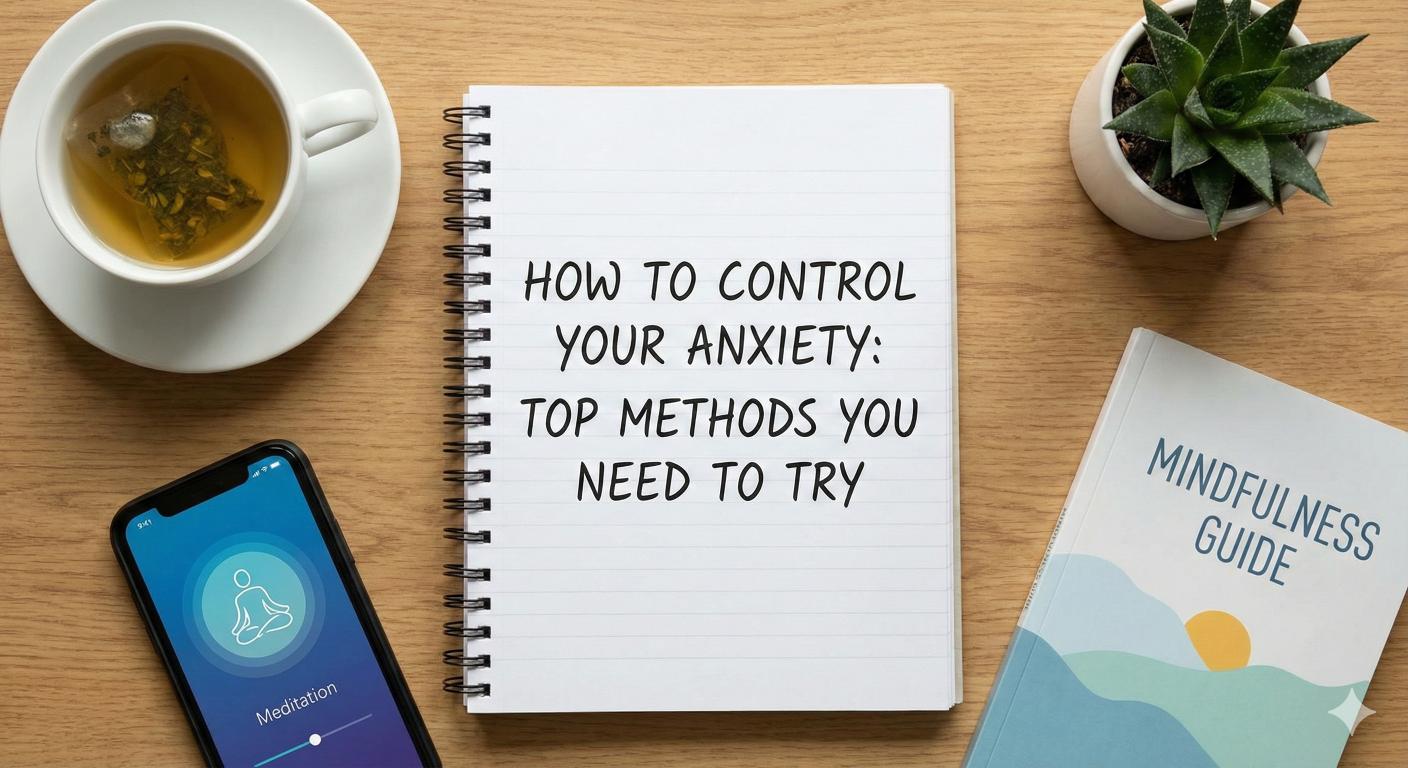Electroconvulsive Therapy (ECT) in Severe Depression
Discover electroconvulsive therapy (ECT): understanding its use in severe depression and its safety and efficacy.

Understanding Electroconvulsive Therapy (ECT)
Definition and Mechanism
Electroconvulsive therapy (ECT) is a medical procedure performed under general anesthesia that involves passing small electric currents through the brain, intentionally inducing a brief seizure. This method is believed to change brain chemistry, which can lead to quick improvements in symptoms associated with certain mental health conditions, particularly severe depression [1]. ECT is considered when other treatments, such as medications or psychotherapy, have not provided sufficient relief.
The mechanism by which ECT works is not entirely understood, but it appears to impact neurotransmitters and neuronal activity, resulting in mood elevation and symptom relief for patients with severe depressive episodes. Overall, ECT can significantly improve the quality of life for individuals suffering from treatment-resistant depression.
%2520in%2520Severe%2520Depression-80.avif)
History and Evolution
Electroconvulsive therapy (ECT) has been in use since 1938. Initially, its application was broader, but over time, it became a targeted treatment for psychiatric disorders like severe depression—especially in cases where conventional medications have proven ineffective. Historically, the procedure faced considerable stigma, largely due to early practices that did not prioritize patient comfort and safety.
Advancements in ECT techniques have made it a more refined and safe treatment method. Modern approaches utilize variations in electrode placement (such as bilateral and right unilateral configurations) and precise dosing. This has led to improvements in safety and tolerability, with the procedure now being recognized as beneficial for many patients. Clinical guidelines have established titration tables based on evidence that encourage safe and effective administration [2]. Despite its effectiveness, societal stigma and limited accessibility continue to hinder its usage as a treatment option.
For individuals who may not respond to medication, ECT remains an essential alternative, offering hope for rapid and significant symptom improvement in severe cases of depression.
Efficacy and Safety of ECT
Effectiveness for Severe Depression
Electroconvulsive therapy (ECT) is recognized as one of the safest and most effective treatments available for severe depression. It is particularly beneficial for individuals who are severely depressed, suicidal, or experiencing mania, among other mental health issues. ECT works by inducing a controlled seizure in the brain, effectively altering neural networks much like traditional antidepressants do.
Research shows that ECT can serve as a fast-acting intervention for patients who do not respond to other treatments, offering immediate relief when it is urgently needed. Studies indicate that ECT outperforms pharmacological treatments such as monoamine oxidase inhibitors, tricyclic antidepressants, and selective serotonin reuptake inhibitors (SSRIs) in efficacy [2].
Treatment TypeEffectiveness for Severe DepressionECTHighMAO InhibitorsModerateTricyclic AntidepressantsModerateSSRIsVariable
Comparison with Medications
When comparing ECT to medications, several studies highlight ECT's superior effectiveness. ECT not only provides faster results but also shows lower recurrence rates in long-term outcomes. In follow-up studies, patients treated with ECT have shown sustained improvements and lower relapse rates compared to those who continue with antidepressant medication [2].
The decision to use ECT versus medication often depends on the individual’s specific condition, potential side effects, and previous responses to treatments. While medications may be suitable for some patients, ECT remains a vital option, especially for individuals needing immediate improvement or those who have experienced inadequate results with traditional pharmaceutical therapies.
Both approaches have their places in a comprehensive treatment strategy for severe depression, and understanding the nuances can aid in making informed decisions regarding managing this debilitating condition.
Procedure of Electroconvulsive Therapy
Electroconvulsive Therapy (ECT) involves a systematic procedure designed to treat severe depression effectively and safely. This section will outline the treatment protocol and discuss potential side effects and precautions for individuals considering this therapy.
Treatment Protocol
ECT is typically performed in a controlled medical environment, often in a hospital. The procedure begins with the patient receiving general anesthesia to induce a deep sleep, ensuring they are unaware and feel no pain during the treatment. A muscle relaxant is also administered to prevent injuries caused by muscle contractions during the induced seizure.
During the procedure:
ECT is generally administered up to three times a week over the course of 2 to 4 weeks WebMD.
Side Effects and Precautions
As with any medical treatment, ECT may come with side effects. The common side effects include:
Side EffectsDescriptionConfusionTemporary disorientation following treatment.Memory LossShort-term memory issues may occur.HeadachesCan result shortly after the procedure.Muscle AchesMay occur due to muscle relaxants used.NauseaSome patients report feeling nauseous.
Patients are advised to take certain safety precautions after undergoing ECT. These include refraining from activities that require full alertness, such as:
Additionally, cognitive impairment can occur, especially with bilateral or bitemporal ECT, which can lead to more significant cognitive issues compared to unilateral ECT. However, these effects are generally temporary. Following ECT sessions, it’s essential for patients to discuss any lingering symptoms with their healthcare provider to ensure appropriate management NCBI Bookshelf.
Electroconvulsive Therapy offers an effective treatment option for severe depression, but it is important for patients to be fully informed about the procedure and its potential consequences. Understanding these factors can help individuals make educated decisions regarding their mental health treatment. For more information on alternative treatments, consider exploring the role of neurotransmitters in depression or exercise as a treatment for depression.
Neuroscience Behind ECT
Electroconvulsive therapy (ECT) operates through complex mechanisms that influence neural function and behavior. Understanding these changes at both the neural and molecular levels can provide better insights into its role in treating severe depression.
Neural Changes
Upon administering ECT, significant neural changes occur. Research has shown that ECT promotes the development of new brain cells within the hippocampus, a region crucial for mood regulation and memory. Mice studies indicated that following ECT treatments, new brain cells exhibited enhanced morphologies, which are essential for effective communication among neurons.
One critical protein, known as Narp, plays a pivotal role in this process. Narp is involved in regulating communication between neurons and forming new synapses. Mice that lack Narp demonstrated fewer dendritic branches on newly formed brain cells in comparison to healthy mice following ECT sessions. This suggests that enhanced neuronal communication might be a mechanism through which ECT alleviates depressive symptoms [4].
Molecular Explanations
At the molecular level, ECT acts to improve communication between neurons in specific brain regions that respond to antidepressant treatments. It has been identified that ECT leads to the release of neurotransmitters, which are essential for brain function and mood stability.
A significant finding from Johns Hopkins researchers indicated that ECT enhances the connectivity between neurons, which is often diminished in individuals suffering from severe depression. This enhanced communication appears to be linked to overall improvements in mood and cognitive function. Notably, ECT has been shown to be more effective than standard pharmacological treatments, such as monoamine oxidase inhibitors or selective serotonin reuptake inhibitors (SSRIs), in treating severe depression. This efficacy is primarily due to ECT's unique ability to foster new neural connections and promote neuroplasticity [2].
Understanding the neuroscience behind ECT provides a clearer picture of why it remains a vital option for individuals experiencing severe depression. Through both neural changes and increased neurotransmitter activity, ECT offers a compelling therapeutic effect, highlighting its importance in the landscape of mental health treatments. For those interested in the role of neurotransmitters in depression, visit our article on the role of neurotransmitters in depression.
Age and ECT
Electroconvulsive therapy (ECT) is a versatile treatment option for individuals suffering from severe depression, and its applicability extends across various age groups. Understanding its benefits and effects based on age can help in making informed decisions regarding treatment.
Applicability and Benefits
ECT can be administered to children, teenagers, and adults of all ages. It is particularly beneficial for individuals with treatment-resistant depression, severe major depression that impedes daily activities, suicidality, and certain other severe mental health conditions. According to the NCBI Bookshelf, ECT may even have a safer profile compared to antidepressants or antipsychotics for vulnerable populations, including the elderly, pregnant, and breastfeeding patients. The most significant benefits of ECT are often observed in individuals aged over 60, highlighting its effectiveness in treating severe depression in older adults.
Age GroupBenefits of ECTChildrenEffective for severe depression; supportive care required.TeenagersHelps with treatment-resistant depression; potential safety benefits.AdultsRapid relief of severe symptoms, including suicidality.Over 60Significant benefits observed, effective and often safer than meds.
Effects in Different Age Groups
The effects of ECT can vary significantly between different age groups. For children and teenagers, ECT is approached with caution and typically reserved for severe cases where other treatments have failed. Supportive care is essential during and after treatment to ensure mental and emotional well-being.
In adults, ECT shows strong efficacy not only for depression but also for other conditions like schizophrenia and bipolar disorder. Patients often experience rapid relief from suicidal thoughts, with studies indicating that around 38% achieve complete resolution of suicidal ideation after just one week of treatment. This improves to 61% after two weeks and reaches 81% upon completion of ECT.
Older adults benefit notably from ECT, as many have underlying health conditions that make traditional antidepressants riskier. ECT can provide a safer alternative for managing severe depression in this demographic, helping to enhance their overall quality of life.
Considering the diverse effects of ECT on various age groups is essential for practitioners choosing the best approach for treating severe depression. Further exploration of treatment options, including exercise as a treatment for depression or transcranial magnetic stimulation (TMS), can enhance therapy outcomes for individuals across all ages.
ECT Research and Implications
Latest Findings
Research on electroconvulsive therapy (ECT) has yielded significant insights into its mechanism and effectiveness for treating severe depression. Recent studies have shown that post-ECT, new brain cells develop in the hippocampus of laboratory mice. In experiments, mice that lack the protein Narp demonstrated fewer branching dendrites after ECT than their healthy counterparts, suggesting impaired communication with neighboring brain cells. This highlights the importance of Narp in mediating the antidepressant effects of ECT by helping to form new synapses or connections among neurons.
Modern ECT techniques utilize various methods, including electrode placements (bilateral, bifrontal, right unilateral), stimulus doses, and pulse widths. The energy dose delivered during the seizure must exceed the seizure threshold for ECT to have an antidepressant effect. Differences in efficacy, safety, and tolerability can arise from these variations in ECT procedures [2].
AspectFindingsNew Brain CellsDevelop in the hippocampus post-ECT (Johns Hopkins Medicine News)Role of NarpCritical for communication among neuronsECT TechniquesDiverse methods impact efficacy and safety
Future Directions
The implications of ECT research are expanding, particularly concerning the changes it triggers in the brain. ECT has been associated with alterations in the volume of various brain structures, including both gray and white matter. This indicates that ECT not only affects mental health on a symptomatic level but also catalyzes widespread neurobiological changes.
Moreover, ECT appears to modulate neurotransmission processes and influences the expression of neurotransmitters and neurotrophic factors, which are important for mental well-being. Promoting neuroplastic changes in the brain is a promising future direction for understanding and improving ECT's efficacy [2]. These insights open up potential avenues for combined therapies and new treatment protocols to enhance outcomes for individuals suffering from severe depression.
Further research will continue to uncover the nuanced roles that brain changes play in the effectiveness of ECT, which may eventually lead to improved treatment options that can be tailored to individual patient needs. As the scientific community deepens its understanding of ECT, its implications within the broader scope of depression treatment will undoubtedly grow.
References
[2]:
[3]:
[4]:
[5]:
[6]:
More Resources
A team ready to start your journey.
Get in touch — today.
We are a safe space – a haven for exceptional individuals to receive discreet, personalized, in-person treatment and care.
.avif)










